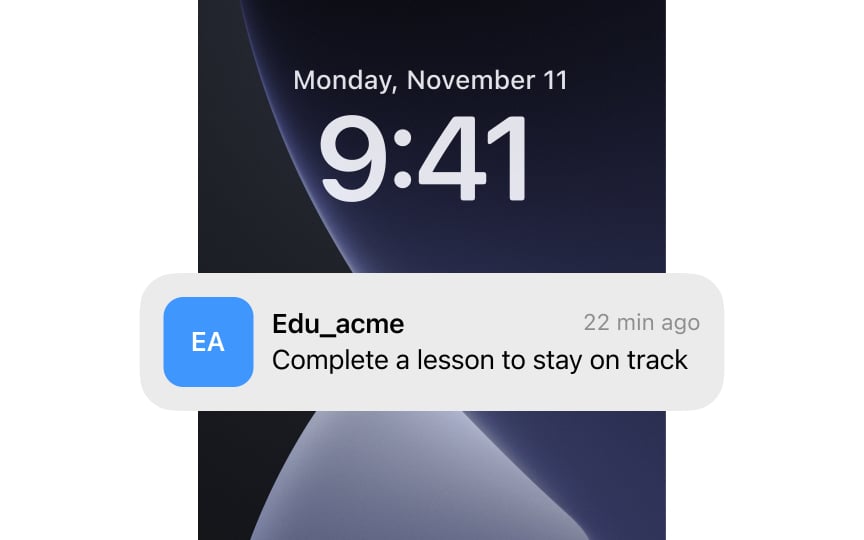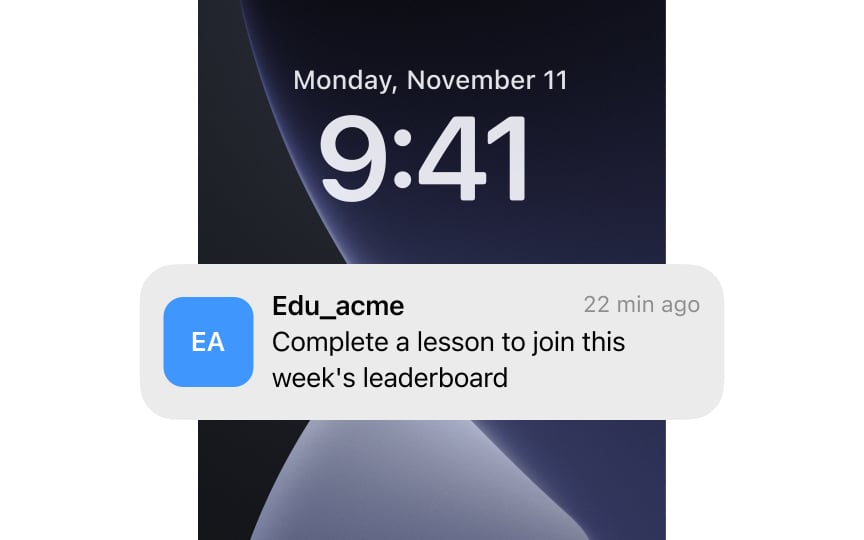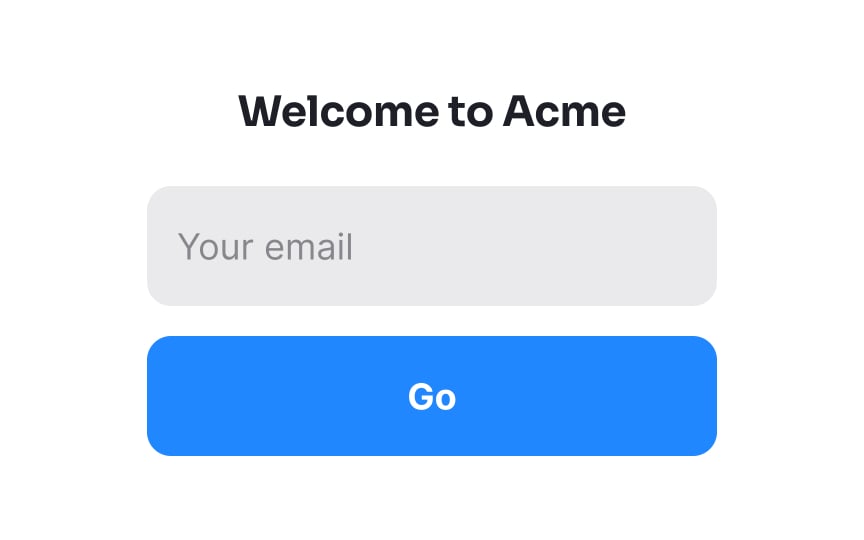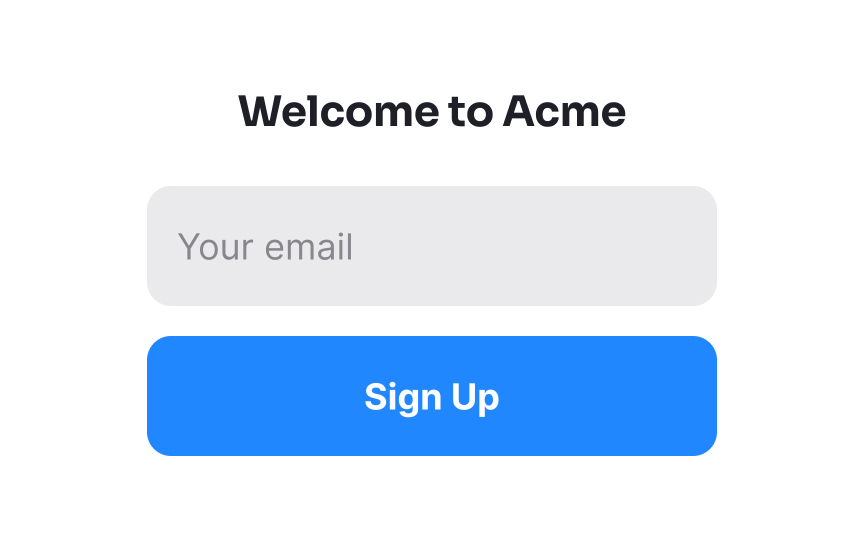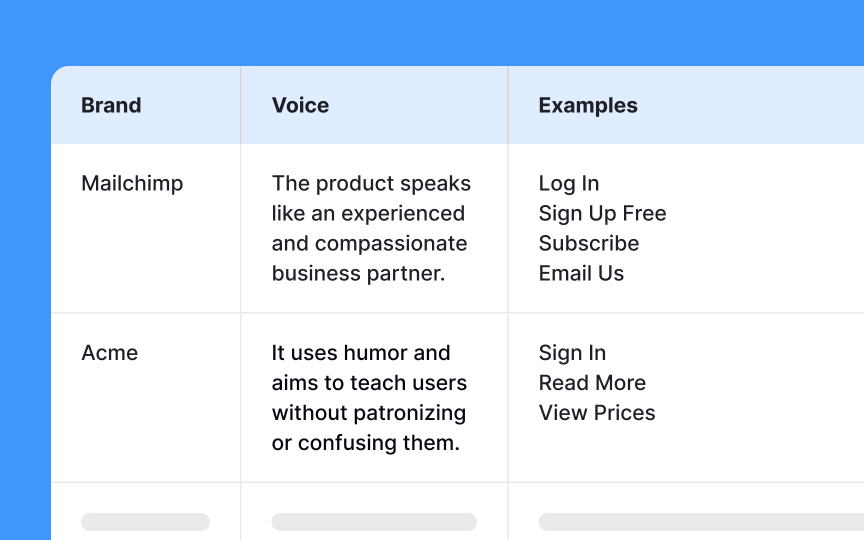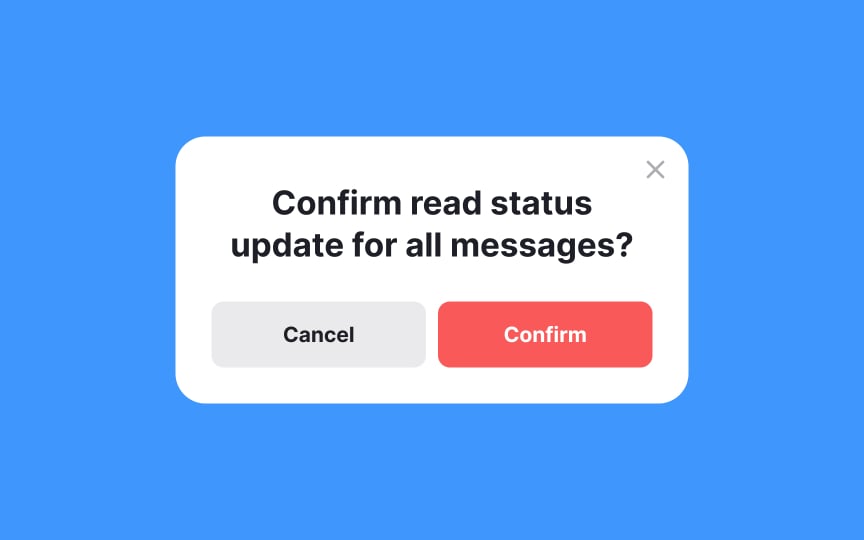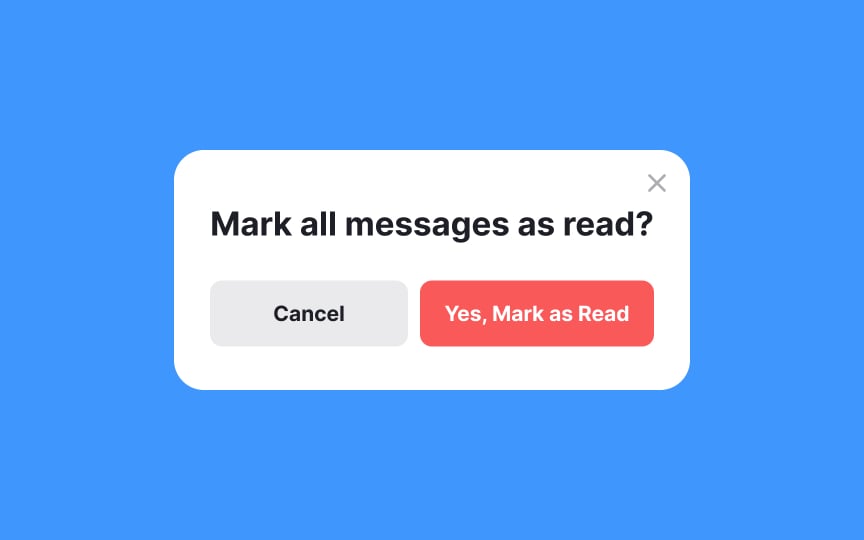Researching User Needs
Discover ways to understand user needs and wants to craft more compelling and targeted copy
Just like any UI decision, UX copy should also rely on valuable and relevant user research findings. No matter how conversational and straightforward the copy is, it makes no sense if it appears out of thin air and doesn’t meet your audience's needs.
More importantly, when it comes to word selection, user research findings can help UX writers justify their choice in discussions with stakeholders, the marketing team, and other team members.
The good news is, you don’t need every research method to perfect your copy. Choose 1-2 tools that fit your budget, timeline, and business goals.
According to Maslow's hierarchy, there are 5 levels of human needs:
- Physiological: Basic needs like food, water, shelter, sleep
- Safety: Financial, personal security, health, stability
- Social: Belonging, friendships, relationships, community
- Esteem: Recognition, achievements, respect, status
- Self-actualization: Personal growth, potential, fulfillment.
Maslow also pointed out that people are more inclined to satisfy their basic needs before moving on to more advanced needs.[1] How does this relate to
When writing, always question each line: does the copy meet any level of the psychological hierarchy? For example, the phrase "take today's lesson" calls for our willingness to learn, but it lacks enough motivation. A good example would be Duolingo's phrase, "Complete a lesson to join this week's leaderboard," which appeals to human needs of accomplishment, respect from others, and self-growth.
UX research can help you make your
Pro Tip: Pick one topic or pain point for a survey to get more relevant and meaningful insights.
One of the most accessible and easiest ways to make sure your words make sense is to check it on Google Trends. Let's imagine a pretty common scenario where a
However, Google Trends isn't a magic pill. It can give you the most commonly sought-after words per region or country but can't assess your target audience's preferences. For example, the term "Share" may be considerably more popular but the phrasing "Tell your friends" may be more suitable for your brand's voice and could appear more appealing to users seeking social approval.
Competitor analysis provides insights into their approaches that you can apply strategically. From a
Here are some recommendations for conducting an effective competitor analysis:
- Analyze 3-5 competitors for valuable insights without getting overwhelmed.
- Use competitors’ copy as inspiration, not something to copy directly.
- Create a comparison list with criteria like tone, readability, voice, and sentence structure.
- Include pages like sign-up, error messages, and buttons in your comparison.
- Compare your own product’s copy to competitors.
- Include less successful competitors to learn what to avoid and gain a broader market view.
Engaging with a digital product is more enjoyable when it feels human. A unique voice and tone help create that connection with users.
To find your
Next, think about your product. How do you want users to perceive it? Is it playful or straightforward? What emotions should users feel when interacting with it? Keep testing and adjusting based on user feedback — it takes time to perfect.
Social media has become a great outlet for people to express their frustrations, disappointments, and confusion. Forums, call center queries, reviews on the App Store and Google Play, and comments on a product's
In contrast to face-to-face interviews, users behave more confidently and feel more secure to share their thoughts, even about deeply personal topics, on social media. For example, the Flo app has secret chats where women can anonymously discuss reproductive issues, sex, nutrition, fitness, period cycles, and related issues with community members.
Always support findings of conversational research with other methods. Investigate whether user complaints are just an issue experienced by a few users or whether it is something worth looking into.
Observing users in their real environments can provide valuable insights for
There are two main parts of observational research — watching users and sometimes asking questions. While
Observation can also take place in a controlled setting, like a lab. Here, moderators may observe users completing tasks and ask questions about their actions and thoughts. In other cases, researchers observe without interrupting, taking notes instead.
For
From the
Here's how to conduct efficient user interviews:
- Select 3-5 participants that represent your audience. In
contrast to quantitative userresearch methods (e.g., surveys), you caninterview just about 3-5 people to understand their behaviors, motivations, and opinions. - Define your goals. Research goals should reflect the purpose of user interviews. Ask yourself: What questions do you want to answer? How can a user interview help you get insights?
- Prepare an interview guide. This is not a script you should follow step-by-step but a list of recommendations to guide you through an interview. Make sure that it aligns with your goals.
- Work on interview questions. Well-thought, open-ended interview questions are a key component of a user interview. They should help you reach your
research goals and not manipulate interviewees to repeat predefined assumptions.
References
- How Maslow's Hierarchy of Needs Explains Human Motivation | Verywell Mind
- The Curse of Knowledge | Harvard Business Review
- How research is different for UX writing | GEL Website
Top contributors
Topics
From Course
Share
Similar lessons

Intro to UX Copy

What is UX Writing?

